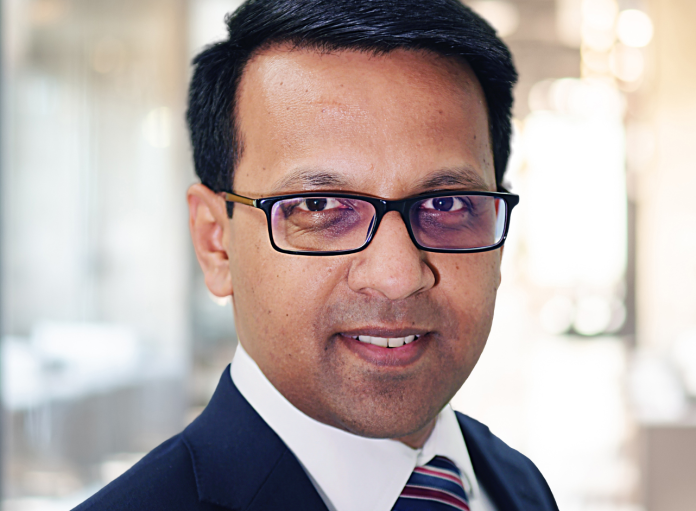By Hrishi Kulkarni, above, Managing Director, iSIPP
The past two years have seen huge changes among the self-employed workforce of the UK with around 785,000 people giving up on working for themselves and returning to employment or retiring. Data shows the number of self-employed has dropped from a peak of 5.033 million at the start of 2020 to around 4.249 million now with the impact of a global pandemic as the main reason for the rush back to the relative security of employment.
One other compelling reason however might be the fact that employees have the right to workplace pensions which has been a major contributing factor. The number of people under the State Pension Age saving into pensions is on the rise to an all-time high of 57% according to Government data.
Because one thing that has not changed about the self-employed is that they tend not to contribute to pensions. The other key statistic from the Government’s Office for National Statistics that is particularly relevant is that the rate of pension saving among the self-employed is a dismal 20%. That chimes with our own research which found that people in employment are three times more likely to save into a pension.
Pension consolidation
Saving more into pensions is crucial for the self-employed but one key advantage many self-employed people will have is that they control multiple funds built up during periods as employees. Our research earlier this year found one in three (33%) have multiple funds while one in 10 say they have three or more pension funds. The research also found self-employed workers find it difficult to contribute to pensions – around two out of three (64%) would support Government action to make it easier to contribute.
Consolidation would have multiple benefits including increased contributions. Our study found 11% would pay more into their pensions if they consolidated funds into one while another 17% say they would make more regular contributions.
Consolidation has the clear benefit for self-employed workers of having all their funds in one place making them easier to monitor and track. They will pay less in fees on SIPP administration and spend less time managing multiple pensions. Transparency, a wider range of investment choices and lower charges would make retirement saving more appealing. No matter how often they change employment contracts they will have one consolidated pension fund which they can continue paying into.
The self-employed pension challenge
It may be a tough message to communicate during a cost-of-living crisis when investment markets are volatile and even those who have pension savings are looking at their funds and feeling slightly disappointed. Industry data shows more than one in 10 (11%) UK retirement savers have paused contributions or are considering it. It’s estimated that pausing contributions for a year could cut the final value of a pension fund at retirement by around 4%.
At iSIPP consolidating existing pensions is easy and transparent, with contributions allowing individuals to maintain their pension savings. Contributions enable them to make personal regular or ad-hoc payments with the benefit of tax reclaim from the Government and what’s more, they can also request their employers to contribute into their SIPP.
Self-employed workers who may not be able to commit to regular contributions should consider making one-off contributions which also attract tax relief at their marginal tax rate of 20% or 40%. Making irregular contributions is still better than not contributing at all.
Small and regular contributions are still the better option when markets are volatile as they will benefit from pound-cost averaging by being able to buy more when markets are falling and benefiting when markets rise.
The longer that retirement savers invest is also a major benefit and many self-employed workers will have old company pension schemes built up which are quietly growing in value. If they were to restart contributions that would help boost their old schemes even more.
Technology and pension solutions
Digital solutions make it easier for the self-employed to contribute to their pensions and increasingly providers are enabling customers to sign up easily and consolidate their funds into one. SIPPs are an attractive and efficient way of supporting the self-employed.
Ease of sign-up is part of the solution, but online SIPP solutions also enable customers to choose their preferred investments and funds and to monitor their performance online with complete transparency on fees and charges.
Technology, SIPPs, and consolidation will not solve the self-employed pensions crisis on their own. But raising awareness of all three can contribute. We have a duty to make pension saving as easy as possible and delivering transparency, competitive charges and a wide investment choice is a major step forward for providers and customers.

